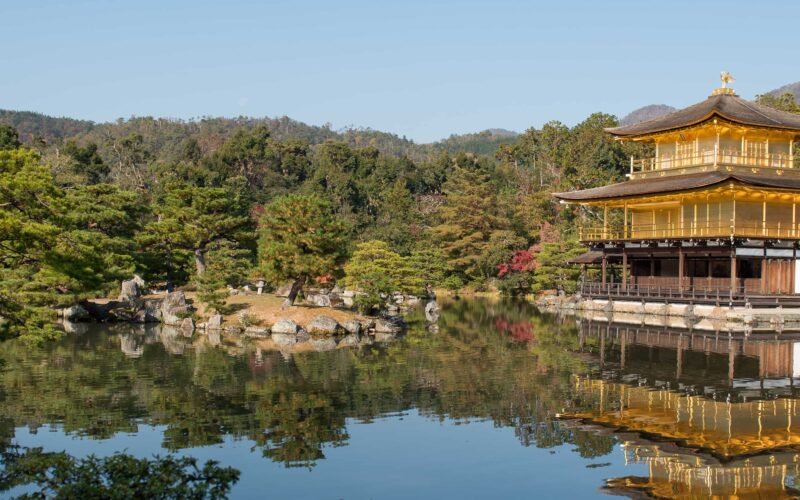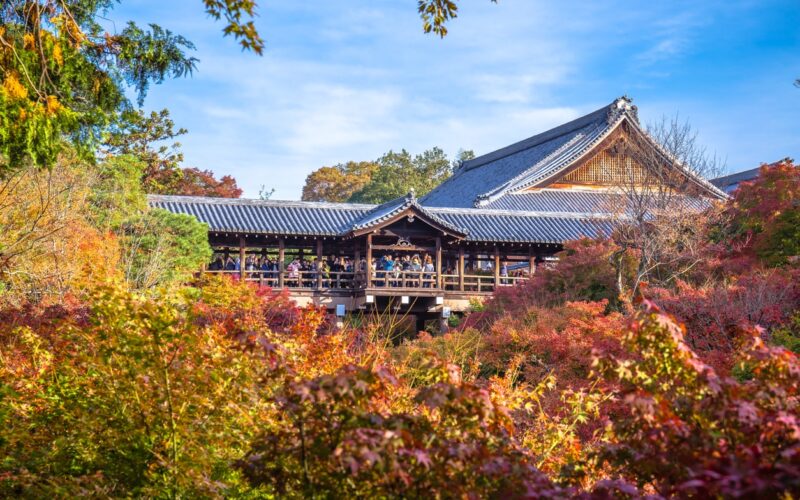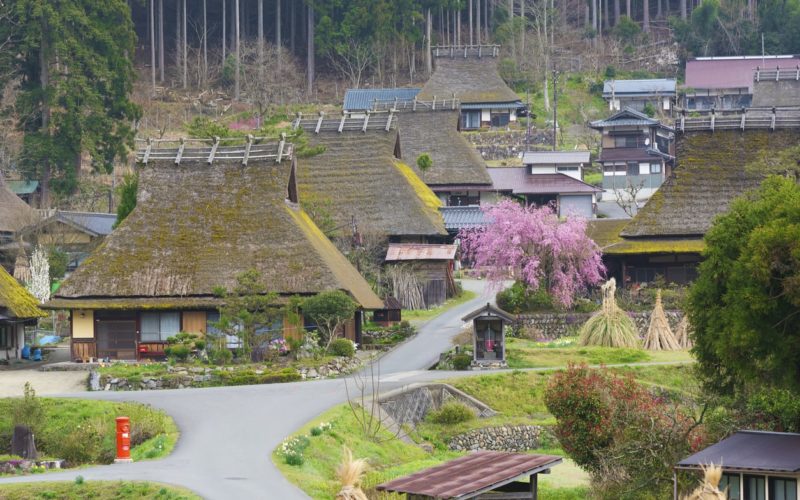Hosen-in Temple
You are never truly alone here...
Nestled in Kyoto’s serene countryside among other temples stands Hosen-in Temple where appearances can be deceiving. What it lacks in grand halls, it more than makes up for in its vibrant and, well, bloody history.
Hosen-in is one of several chitenjo (blood ceiling) temples found in Kyoto, along with Yogen-in, Shoden-ji, Genko-an, and Kosho-ji among a few others. The group of temples’ name comes with a chilling history, as each temple incorporates wooden boards bearing the blood of slain samurai.
Thrilling history
The origin of these blood-stained ceilings dates back to 1,600 with the siege of Fushimi Castle, a 12-day-long battle between Daimyo (military lord) Ishida Mitsunari and the Tokugawa Shogun (military ruler) loyalist Torii Mototada, which ended in tragedy.
Another blood ceiling temple
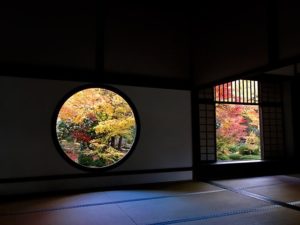
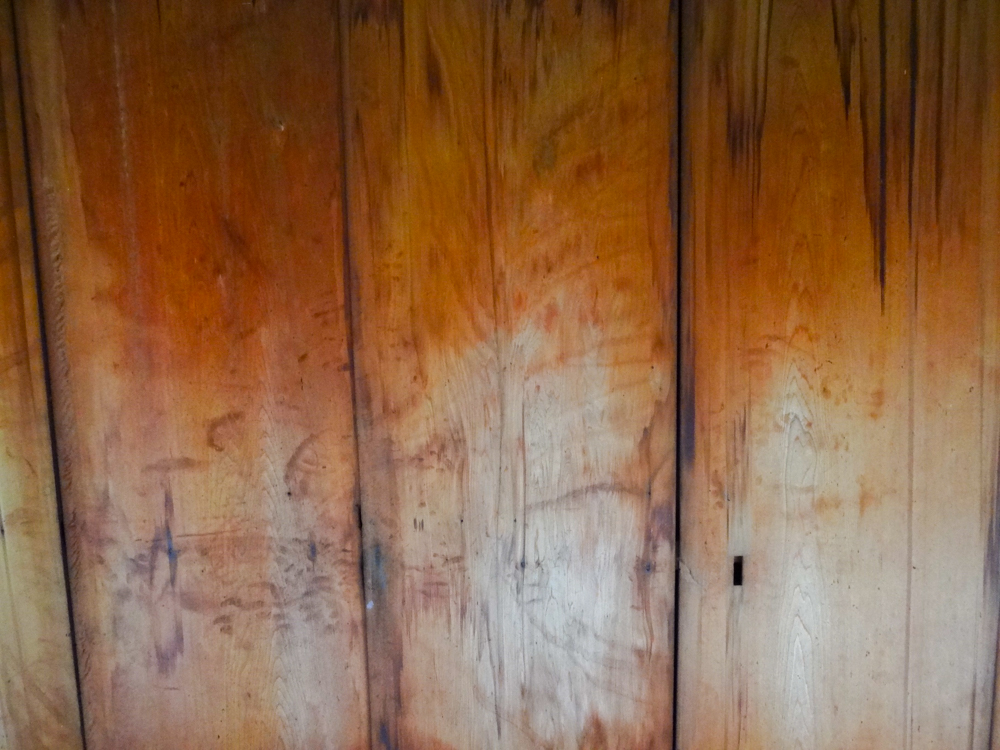
Photo by: Alex Hurst Blood-stained panels.
After the brutal battle and the fall of the castle, the usable materials left from the castle ruins were incorporated into temples across Kyoto. As a result, some blood-soaked floorboards were used in the construction of the ceilings of seven chitenjo temples.
Modern day
Hosen-in Temple doesn’t just have a dark history. It is also known for its traditional Japanese Theater (Noh) and 700-year-old pine in Hosen-in Garden, which is the oldest tree in Kyoto.
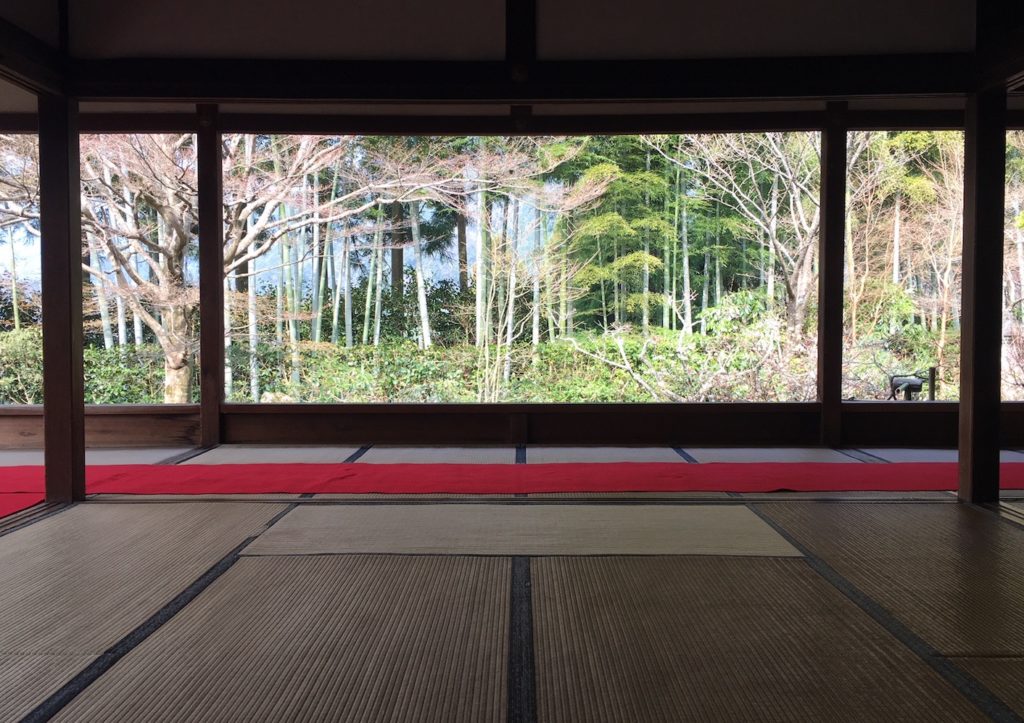
Photo by: Mimi Dietderich A peaceful view of Hose-in Garden.
Hosen-in is the farthest chitenjo temple from Kyoto station but is still easily accessible by bus. As the journey progresses, the images of a bustling city are gradually replaced with a vast countryside and a sense of solitude. Contrary to its history, Hosen-in provides a peaceful and welcoming atmosphere with crisp air and well-tended gardens that are striking in all seasons.
When you visit Hosen-in, you’re welcomed with tea and a treat to enjoy while basking in the view before you. At this moment, time stands still with nothing more than the occasional breeze and the earthy scent of incense.
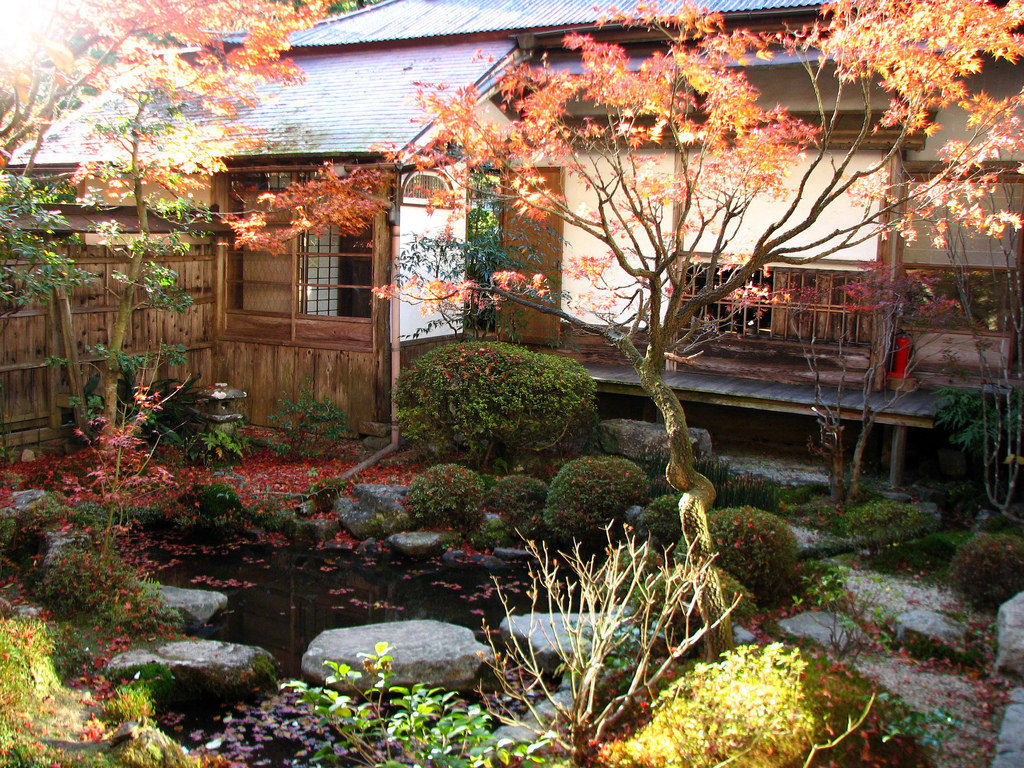
Photo by: Chris Gladis The garden is lovely in fall.
To the unknowing eye, the ceiling may not instantly draw attention as it simply appears worn and faded with time. However, with each passing glance, unmistakable images come into focus. Handprints, footprints, and the outline of a face are as crisp and clear as the tragic day they were created. Suddenly, this realization weighs upon you and the false sense of seclusion shatters as you were never alone from the start.
While in Kyoto, experience for yourself the solitude of Hosen-in Temple that still houses the overbearing presence of an army.
Trivia
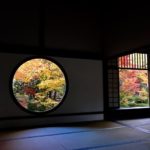
Genko-an Temple
One of Kyoto’s four ‘blood temples’ emphasizing the delicate relationship between life and death.
MoreTopics: blood stained temple, chitenjo, Hosen-in Temple, kyoto, Spiritual, temples
